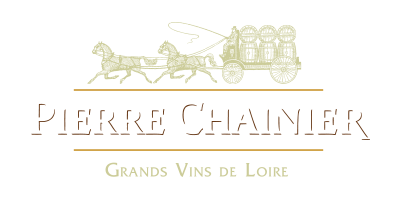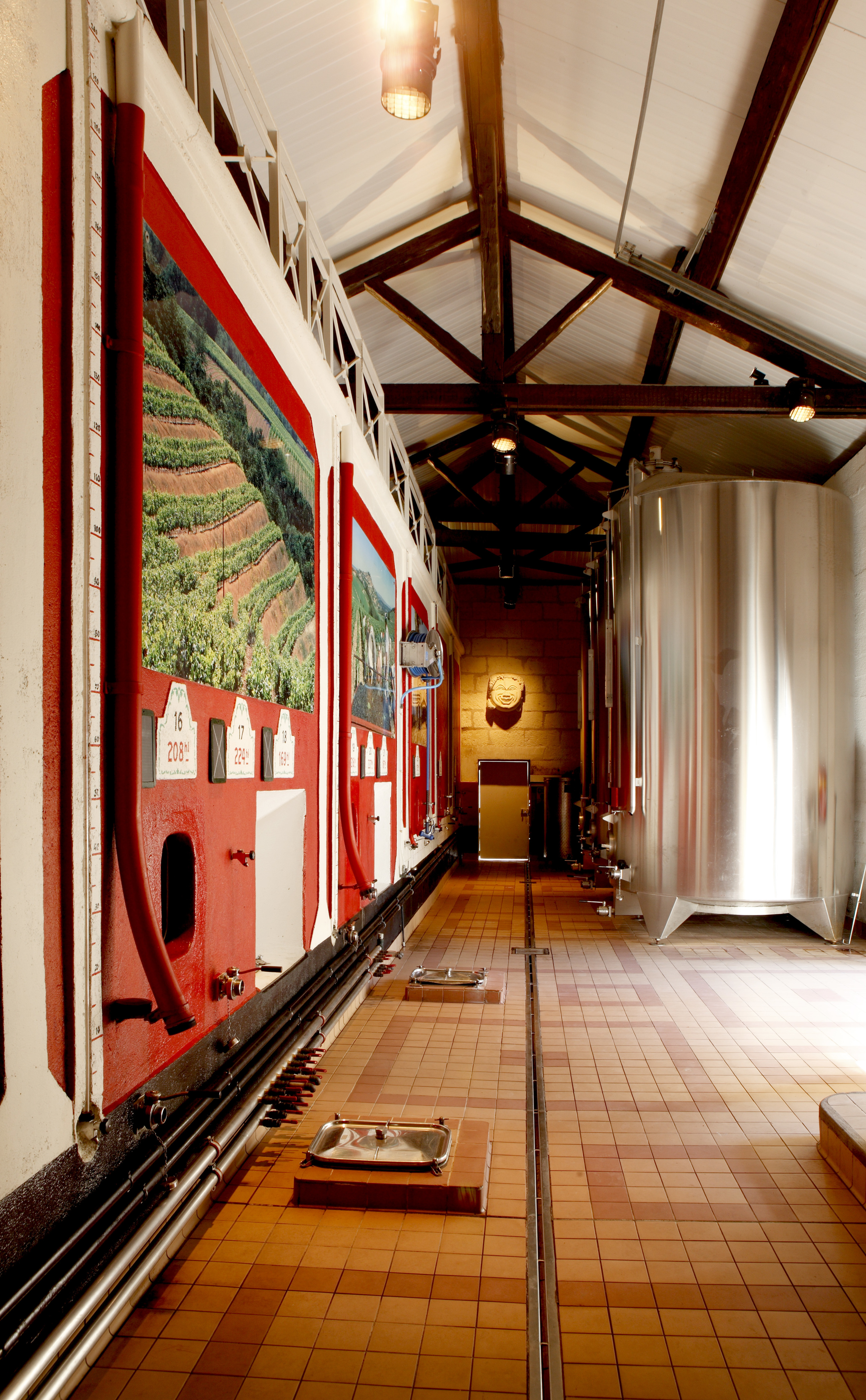A KNOW-HOW HANDED DOWN SINCE TWO GENERATIONS
The Chainier House acquired over the years, a deep experience in managing the entire winemaking process in the family vineyards production, and on the mastery of other areas such as wine selection, assembly, harmonization and bottling.
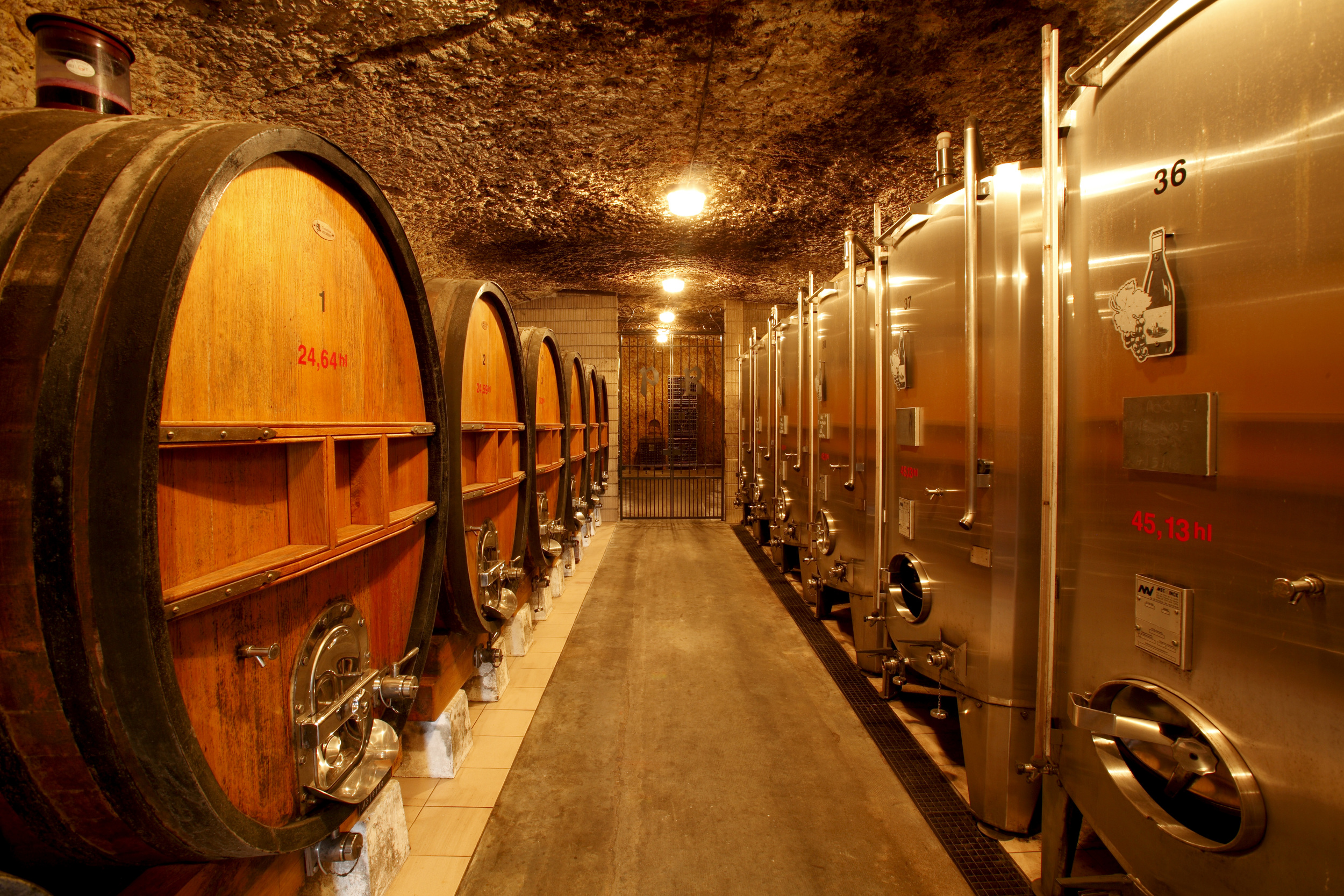
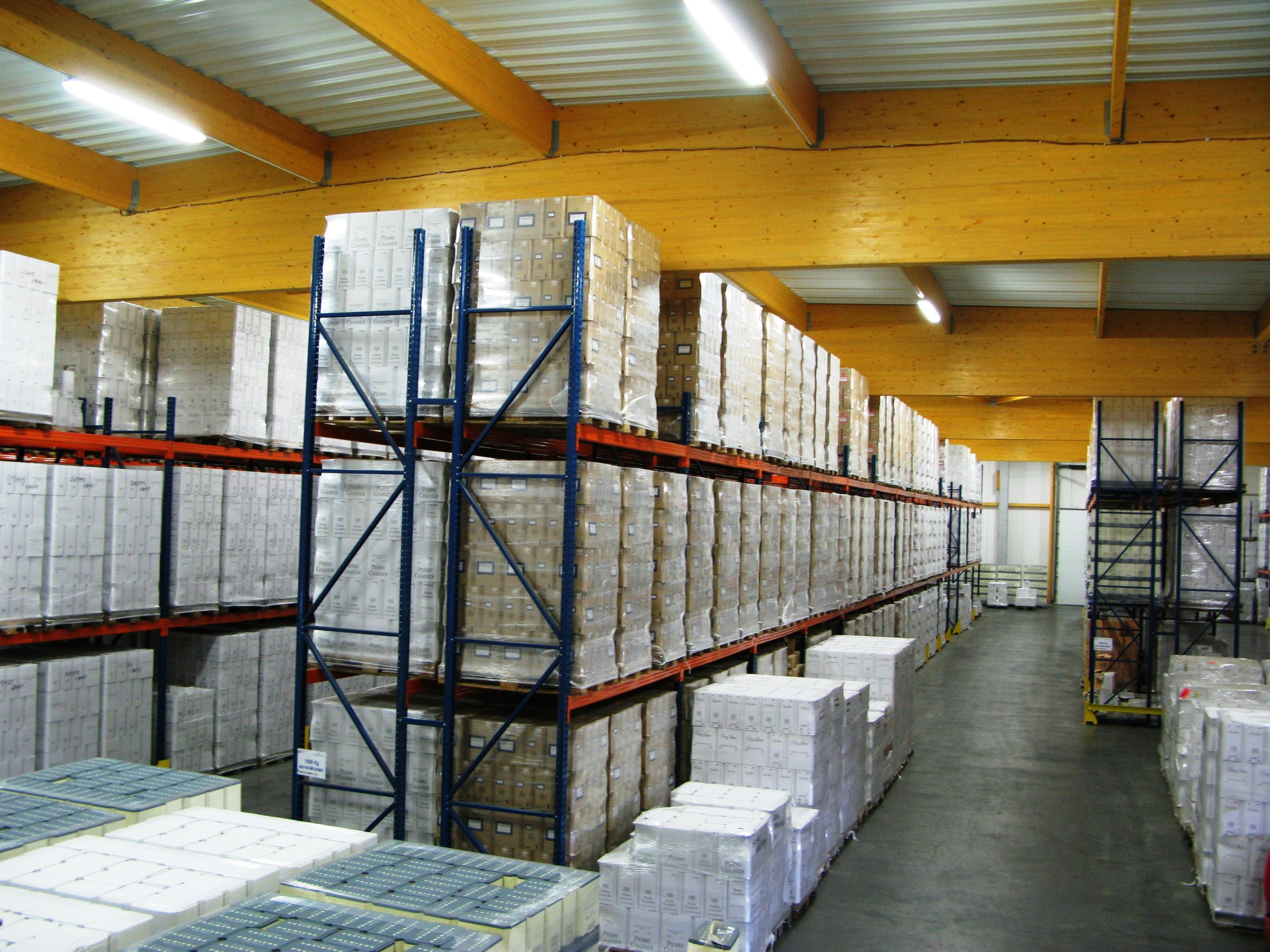
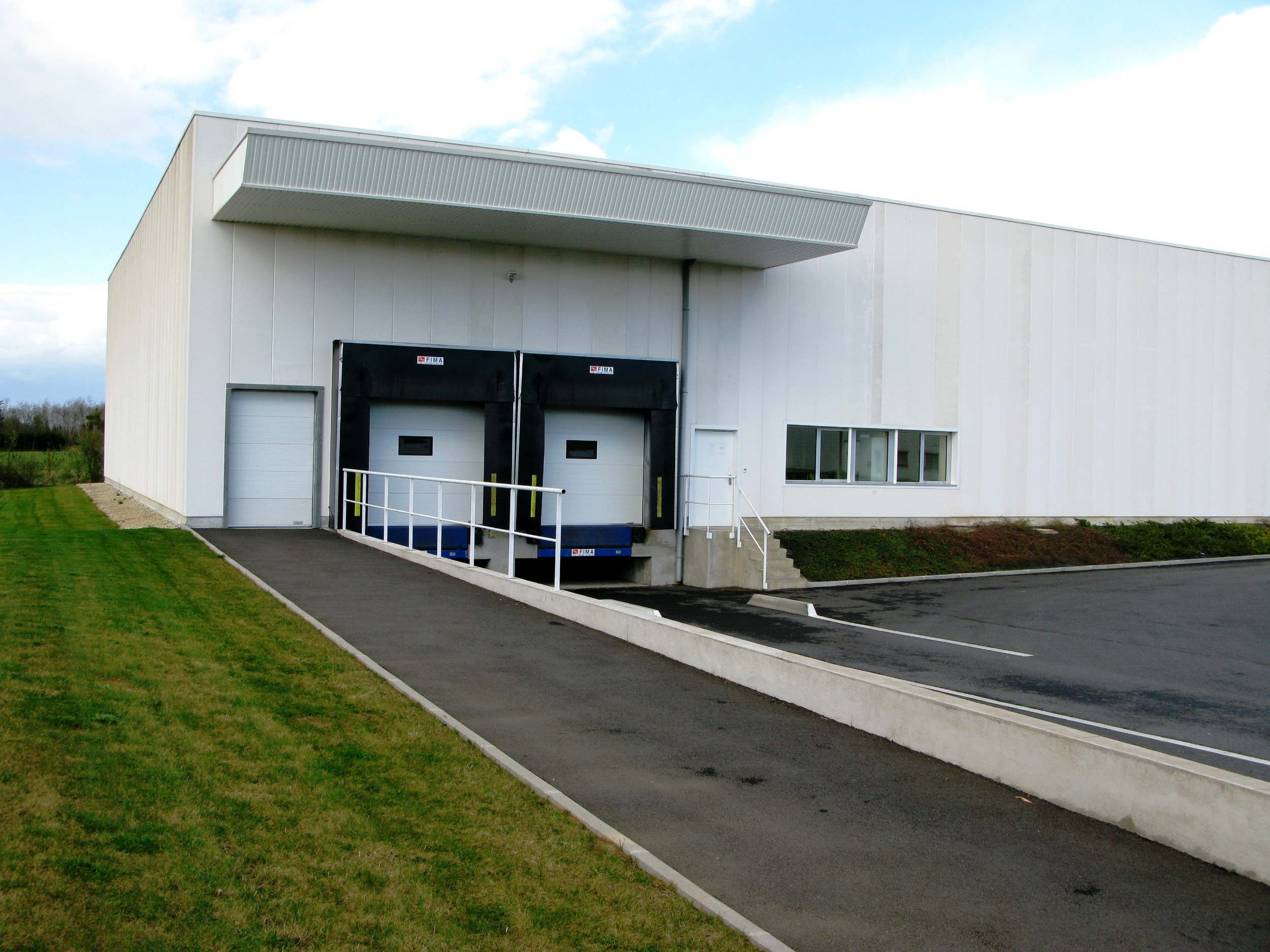
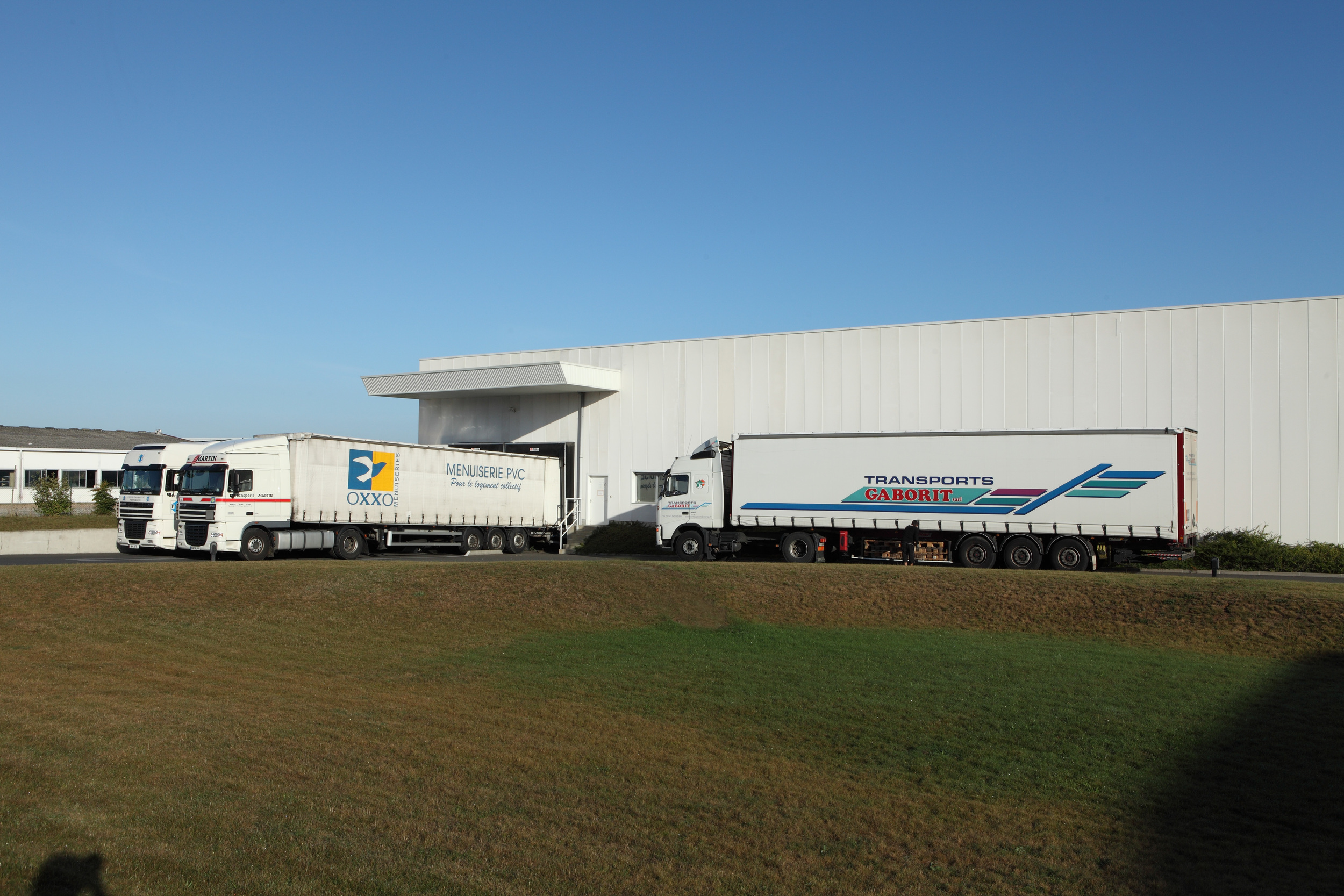
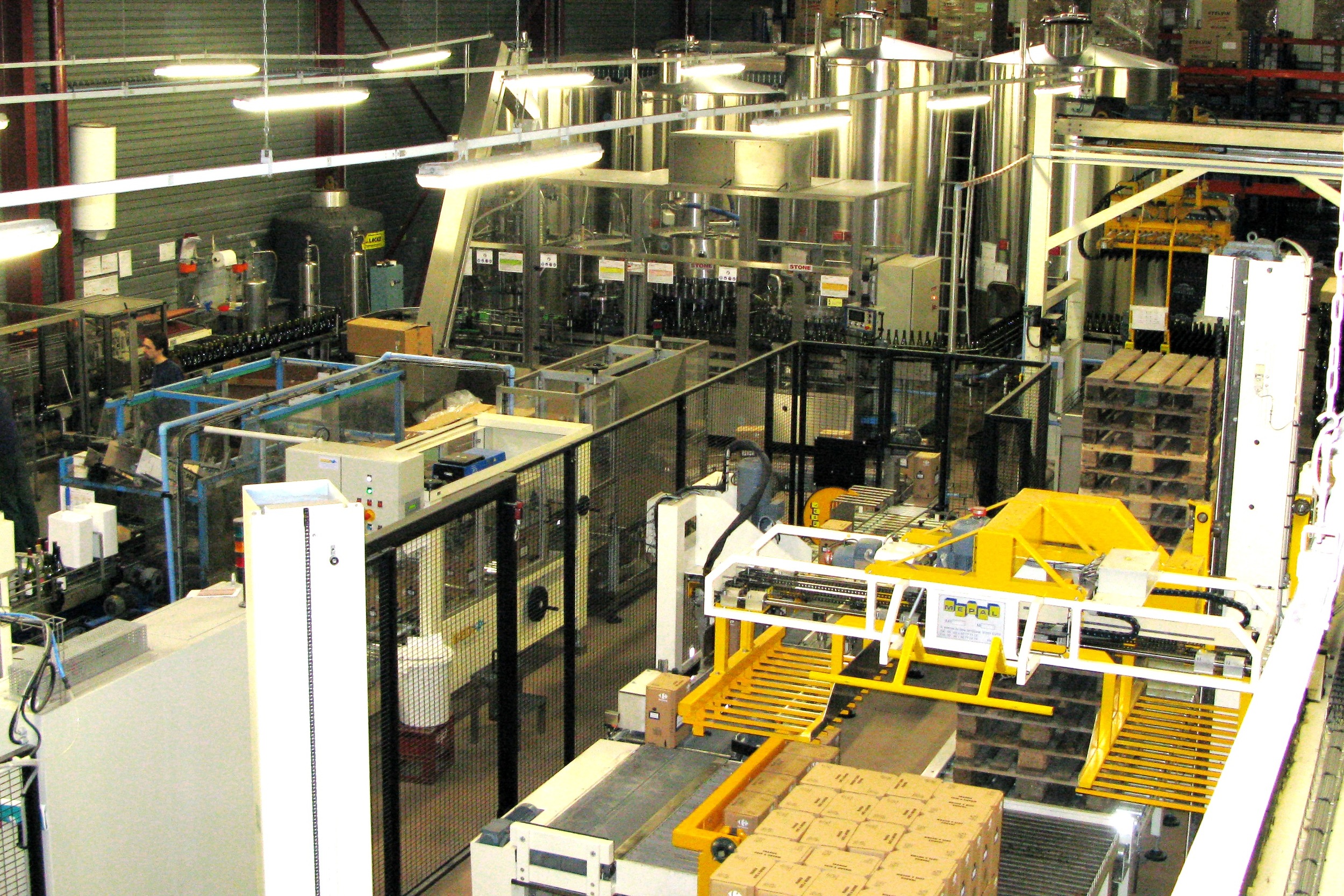
The selection of grape varieties and grapes, as all management of the vineyard itself, is an integral part of a quality wine. Pierre Chainier prides itself in maintaining low input cultivation.
The assembly, a science in itself, defines certain appellations. The knowledge and management of our area in these varieties allow us to ensure and guarantee its mastery.
The harmonization, Creating custom wines is also mastering the harmonization of grapes in order to create unique wines corresponding to a specific audience. Our perfect knowledge of soil and grapes is a guarantee of satisfaction.
The Bottling department of Pierre Chainier can respond with flexibly to large orders as well as to more targeted requests, thanks to a bottling system at the forefront of technology ensuring the delivery chain.
Our cellars in Amboise, allow us to put our expertise at the service of a quality strategy in the Great Loire wines.
Brand distributors
Being both grower and merchant allow us to meet all types of applications: those of individuals, the hospitality industry or retail. It's being able to provide, under the same name, a range of areas or to develop a range of branded wines.
It is also because Pierre Chainier possess the know-how and skills, being able to push the envelope: create private labels, or create, in a few weeks, a wine up to your market's expectations with its bottle, its label, its personality and history!
VINIFICATION AND QUALITY
With our decades of experience, we always try to innovate in our winemaking process by adopting new techniques:
Skin Maceration
It is an operation of vinification designed to promote the extraction of flavors and aroma precursors of grapes. It is involved in the development of white wine and rose wine. When making wine, white or rosé, the contact between the grape skin and the wort is reduced over time. It is in the skin that are the bulk of the wine aroma precursors. Skin maceration allows extension of the contact between skin and mash. The purpose of the maceration is to increase the aromatic potential of the future wine.
Stabulation à froid
This technique is performed for a search of finesse and aromatic intensity. This practice runs with a ripe harvest will be achieved by means of a group of cold or temperature-controlled stainless steel tanks. Wort recovery can range to 12°C to
14°C, after enzymage sulphiting. This operation lasts from four to six days at a temperature of about 6°C in the vat.
Usage of gazes "en blanc"
Vinification under reducing conditions is interesting on almost all white grapes, when one wishes to develop fresh and fruity wines, since this technique can limit oxidative phenomena, which lead to a wort aromatic major loss, browning has the oxidation of phenols, finally has a formation of secondary aromatic compounds.
It is especially meaningful on aromatic varieties such as Sauvignon Blanc. It is less interesting to other varieties such as Chardonnay for example. The starting point of the technique relies on healthy grapes without decay.
Mastering increasingly each step of the process of designing a product we like
"Wine" (grape picking, transport, reception at the winery, pre-pressing operation, pressing, racking, pre-fermentation operations, alcoholic and malolactic fermentation, nurturing, clarification, assembly, bottling).
- The collected harvest is de-stemmed and transferred to the maceration tanks for more or less time depending on the desired result and the quality of the harvest. It is then extracted from the vessel, normally pressed, débourbée and launched in fermentation.
- The grapes are de-stemmed and pressed. The moût is then decanted once and left for several days (to be determined). When the result is optimum, the moût is then racked, launched in fermentation.
- Use of CO2 systematically over the pre-fermentation process on white wines.
OUR CULTURE PROCESS: GEARED TOWARD QUALITY
- Adoption of culture in viticulture (we intervene only when needed and not necessarily on all plots)
- Selection of plots for the purchase or grape moult (an oenologist valid technician plots after a thorough review of the health status, the grape responsible for stem and the distribution of clusters over them)
- careful selection of wines for the elaboration of our collections (with the purchase, we make a selection in each tank by tank collecting thereby significantly increase our qualities)
- Traceability Monitoring (special software).
